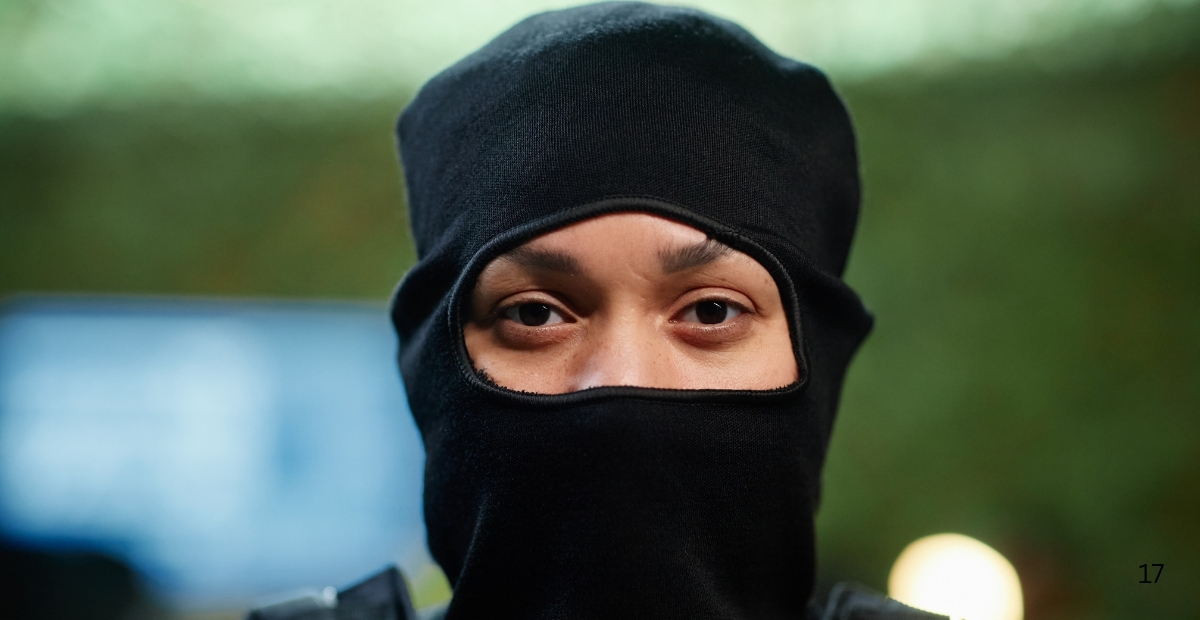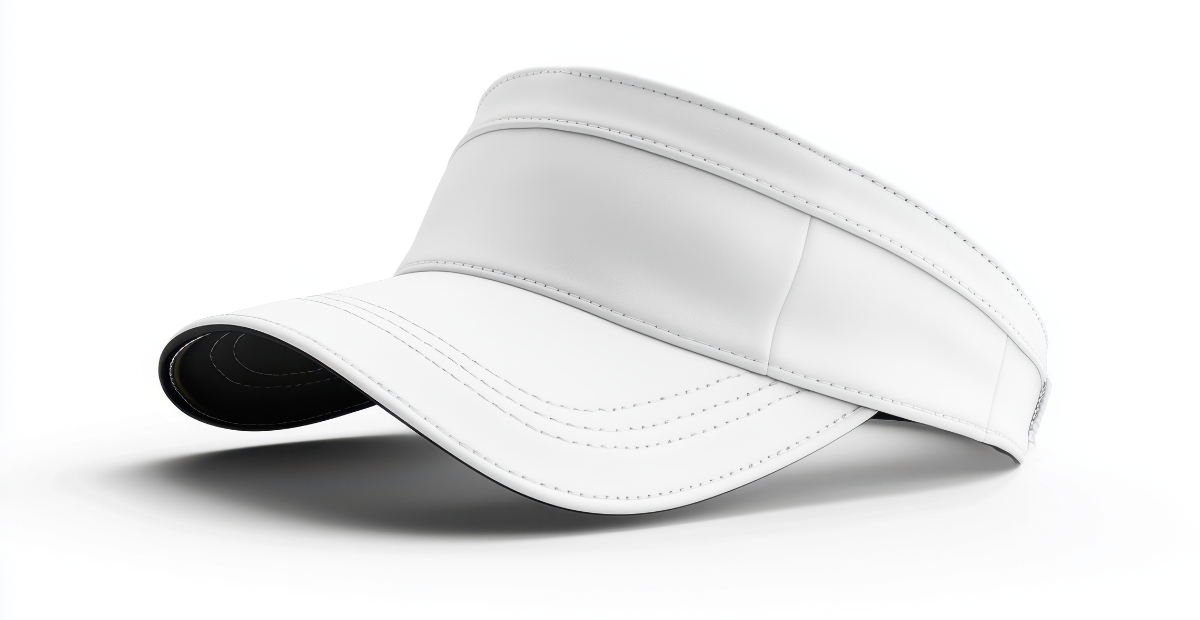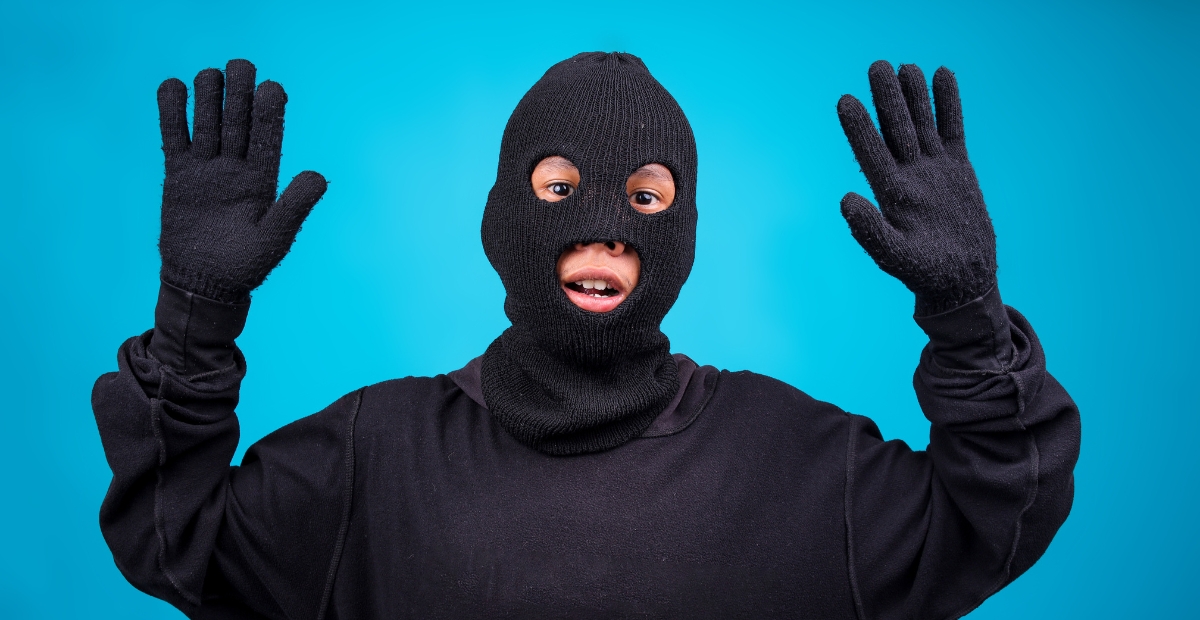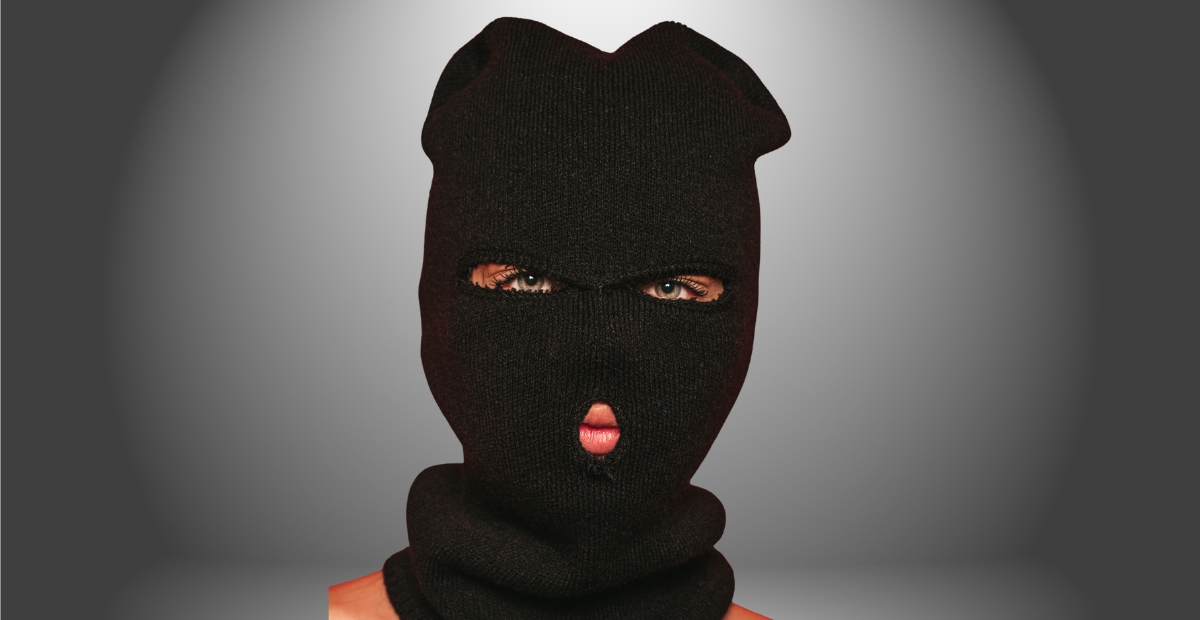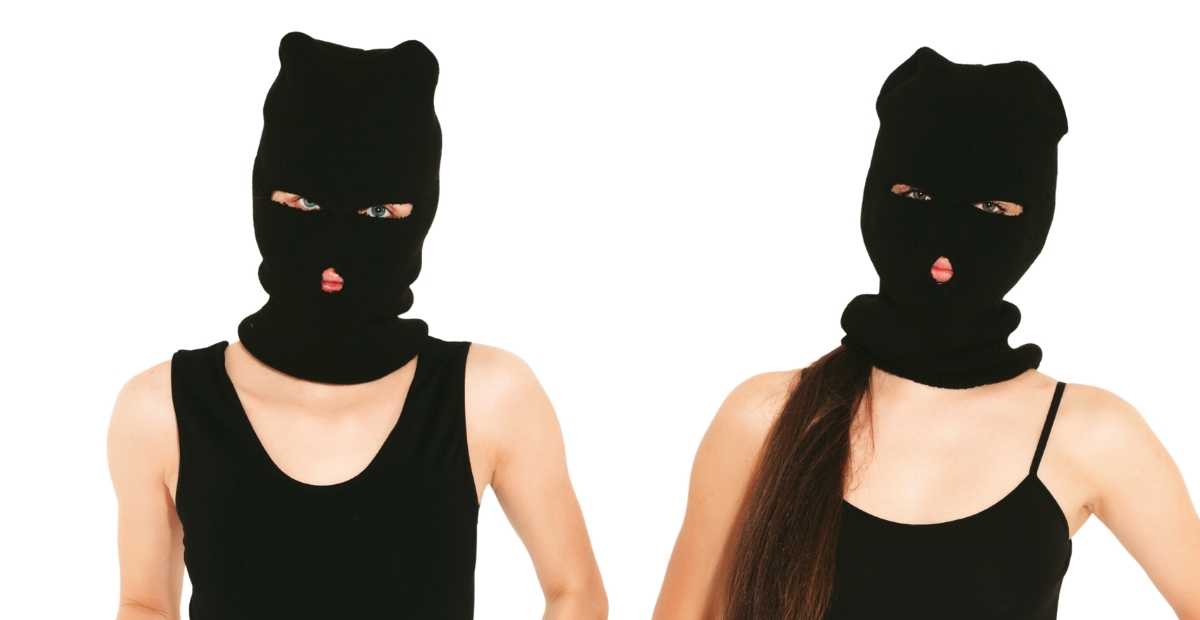A balaclava is a snug-fitting headgear that shields the face, the neck, and the head from cold, extreme wind, or frost. The garment only leaves a portion of the face exposed, whether the eyes, mouth, or the nose. It is widely seen in winter sports, certain outdoor activities, and even contemporary styles. Many people ask what a balaclava is called in English, as it is given a different name in a number of other countries.
Table of contents
- The English Name for a Balaclava Explained
- The Balaclava and the History Behind the Name
- Balaclava and Ski Mask : Two of a Kind.
- Face Mask, Head Warmer, and Helmet Liner
- Balaclavas in Fashion and Everyday Usage
- Modern Slang and Regional Differences
- The Reason for Wearing Balaclavas
- Materials and Styles of Balaclavas
- Final Thoughts on the English Term for Balaclava
- FAQs
The English Name for a Balaclava Explained
When people talk about balaclavas in English, the most common name is “ski mask.” The name “ski mask” is widely used commercially since such face masks serve as wind protection for skiers or snowboarders.
Both the terms “balaclava” and “ski mask” are appropriate in the English language, but their use diverges in different areas. In the UK, people predominantly use “balaclava,” whereas “ski mask” is more common in the US.
The Balaclava and the History Behind the Name
The word “balaclava” originates from the Battle of Balaclava during the Crimean War in **1854. **British soldiers used knitted head coverings to protect themselves from extreme cold. The name of the town Balaclava slowly became the name of the garment.
The balaclava called in Anerica became recognized globally as an iconic illustration of comfort and protection from the extreme cold.
Balaclava and Ski Mask: Two of a Kind.
While a balaclava and a ski mask may appear the same, there are a few distinctions.
A balaclava is an article of clothing that completely covers the entire head and neck. It may have openings for the eyes, mouth, and/or nose. Balaclavas are designed for thermal protection and are made from soft and warm materials.
A ski mask may have different designs and is more versatile. It can appear sportier or more lightweight than a traditional ski mask. As for the more contemporary culture, the two types of garments are interchangeable.
Face Mask, Head Warmer, and Helmet Liner
Contrary to popular belief, there are more everyday phrases in circulation, in addition to balaclava and ski mask. It can also be described as a face mask, head warmer, and more commonly referred to as a helmet liner, particularly when positioned under a helmet for biking, motorbiking, skiing, or snowboarding.
In streetwear, a balaclava Russian may informally be referred to as “shiesty mask” or “robber mask,” particularly in the United States. It is important to note that these are considered slang and are highly contextual, and do not reflect the standard terminology.—
Balaclavas in Fashion and Everyday Usage
In the past few years, the balaclava has expanded its presence in the world of fashion, moving beyond its traditional association with winter sports. Stylish, bold colored, and patterned knitted variations of the balaclava have found their place in the wardrobes of designers and celebrities alike.
Now, it is a fashionable item on runways and in streetwear. The English term balaclava no longer signifies only warmth, but also personal expression and boldness.
Modern Slang and Regional Differences
Different English-speaking regions have their own variations for this versatile piece of clothing.
- In Britain, “balaclava” is still the main term.
- In America, “ski mask” is more commonly used.
- In Canada, the terms are interchangeable, but context dictates which one is used. In the online sphere and pop culture, the terms “mask” or “shiesty” are used, especially in the music or fashion industries.
The Reason for Wearing Balaclavas
Wrap Balaclavas are worn for various purposes. In cold weather, they help retain warmth and protect the skin from windburn. Athletes use them in winter for skiing, cycling, and running.
Motorcyclists wear them for comfort and hygiene under their helmets. Some wear them as a fashion piece, signifying mystery or rebellion.
Regardless of the reason, balaclavas combine style and practicality in their form and function.
Materials and Styles of Balaclavas
The materials that go into making balaclavas can include wool, fleece, cotton, and synthetic blends. Balaclavas can also be thin and breathable for light sports, or thick and warm for extreme cold.
The styles can vary as well. Some balaclavas provide complete coverage, while others leave portions of the face open. Some contemporary balaclavas feature convertible designs that let the user customize how much of the face is covered for convenience and fashion.
Final Thoughts on the English Term for Balaclava
So, what is the English name for a balaclava? In the UK, it’s just “balaclava”, and in the US, it’s a “ski mask”. Both terms refer to the same comfy, warm and stylish item.
The balaclava has remained a functional and fashionable item for English speakers, whether it is worn for skiing, biking, or just for stylistic purposes.
FAQs
Americans usually call it a ski mask, especially in sports or casual settings.
Yes, both terms describe the same type of head covering, though styles can vary slightly.
It was named after the Battle of Balaclava during the Crimean War, where soldiers wore similar garments for warmth.

